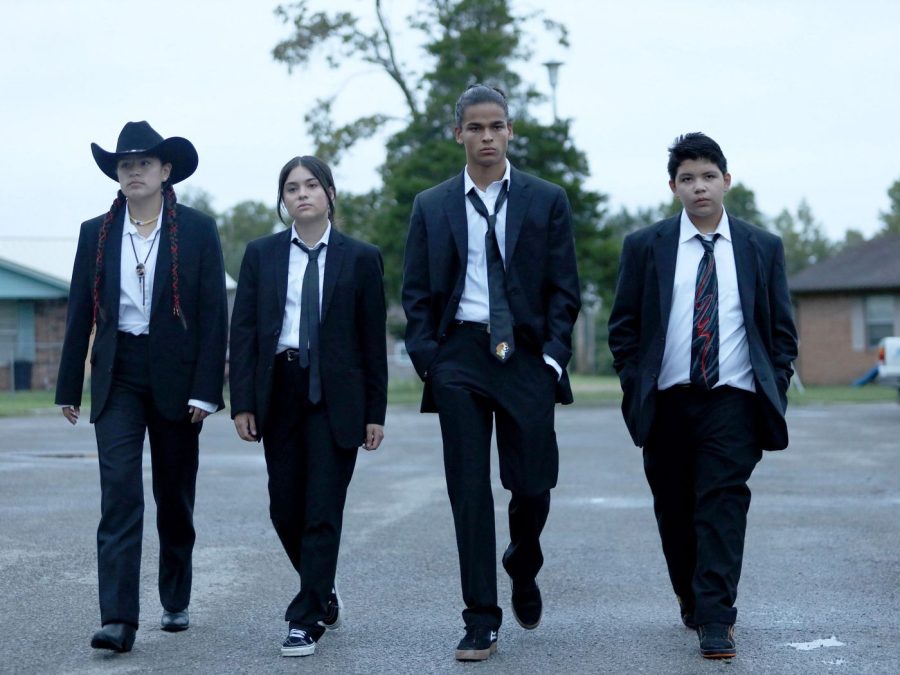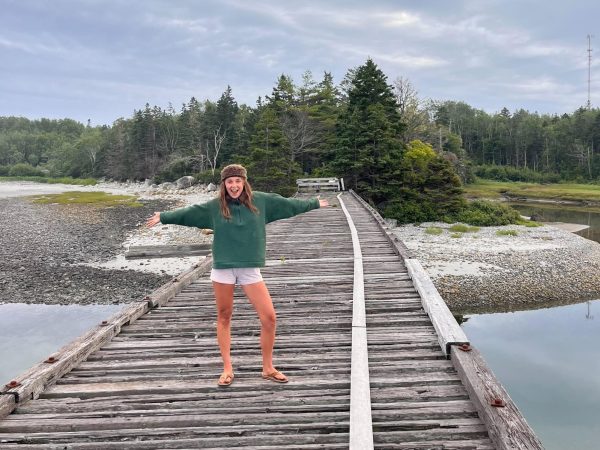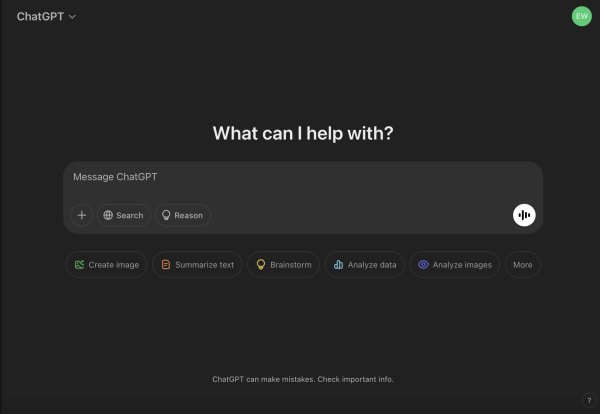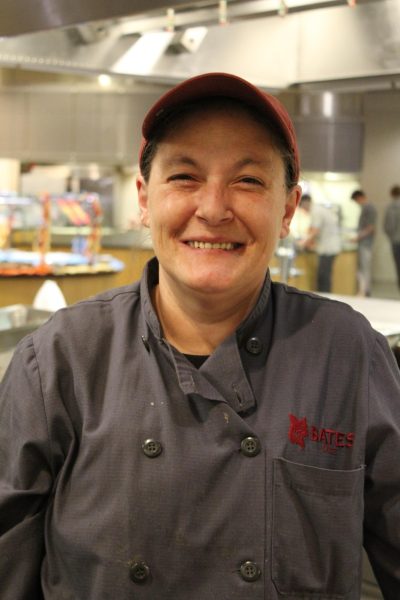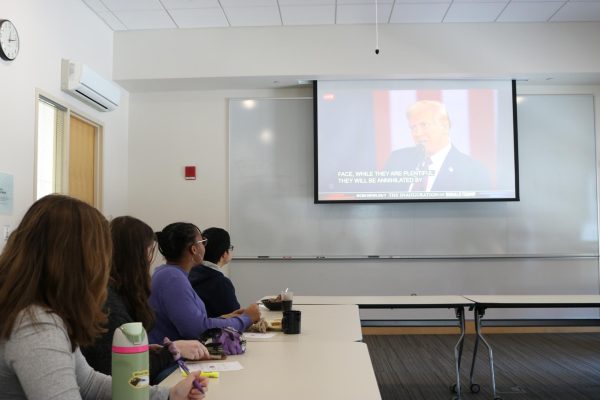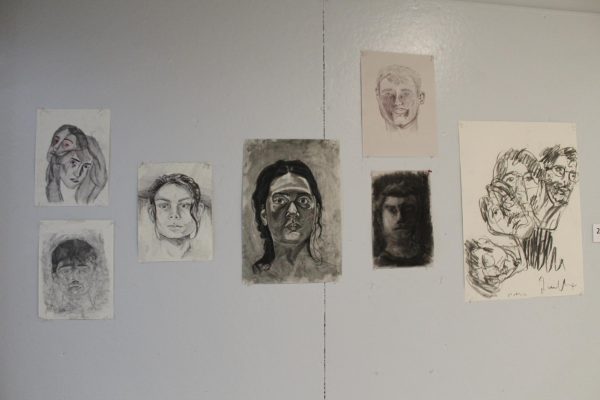Skoden! Why Everyone Should Be Watching Reservation Dogs
Editor’s note: Trigger warning: this article mentions mental health, grief and trauma.
Premiered on August 9 in 2021, Hulu’s drama series “Reservation Dogs” successfully and full-heartedly illustrates modern-day Indigenous life. Creators Taika Waititi, who is a New Zealander and Sterlin Harjo, a member of the Seminole Nation with Muskogee heritage use humor as a leading element in storytelling. The series is also one of few that includes an all-Indigenous cast, writers, producers and crew members.
“Reservation Dogs” follows the lives of a group of Indigenous youths: Bear [the leader], Elora [the stern/rational one], Willie Jack [the social glue] and Cheese [the comical yet socially woke one]. Bear and his friends are unknowingly yet ultimately given the name “reservation dogs” when another group of Indigenous youth rivals with them. Bear and his friends fall prey to the new group, who are referred to as the Indian Mafia when they do a drive-by but with paintballs. The entire scene, shot in slow motion while Moonlight Sonata by Beethoven fills your ears, is one of many examples of the playfulness Waititi and Harjo incorporate.
The series heavily relies on dramatization and Indigenous humor, decentering trauma and refuses to perform it. In the series, Bear and his friends are navigating their friendship, adulthood and grief with the passing of their friend Daniel. The first mention of the cause of Daniel’s death is when Bear says “this place killed him.” What is not revealed until later is that Daniel struggled with his mental health, which led to an intense, emotional scene where Elora discovers him at the group’s secret hideout. Both Waititi and Harjo emphasize humor, as a way to speak about uncomfortable and difficult topics Indigenous people and their communities face. By decentering trauma, the characters are able to orient and position themselves outside of this cycle of performative trauma. Don’t get me wrong, trauma is part of any Indigenous experience, but this tv show tells its audience that we are more than our pain and grief.
The series also highlights what life on the reservation looks like, with each episode telling the story of another character and demonstrating how multi-faceted Indigenous storytelling is. It uses this opportunity to debunk and openly mock the stereotypes and romanticization of the Native American experience. Magical realism and its duality in the series of incredible humor and gut-wrenching pain talk about the daily struggles of a modern Native. Daily struggles that include but are not limited to: lack of medical supplies and the availability of health resources, mental health, healthy relationships, caring for your elders, land sovereignty, child welfare and the foster care system, the fetization of Indigenous women and sexism, and overcoming [intergenerational] trauma.
So don’t be a shit-ass and watch this show.
Your donation will support the student journalists of Bates College and help us cover our annual website hosting costs.


